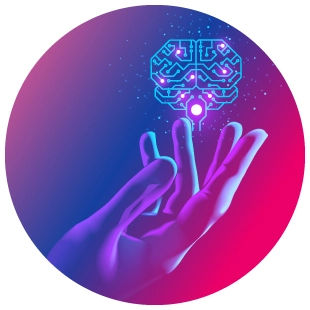

When used as a standalone decision support tool, CIE can help the doctor to understand patient symptoms in detail, and provide the necessary critical information to accurately diagnose the case. When integrated with Electronic Medical Records (EMR), it offers a more seamless consultation experience by interacting with the patient before the consultation to collect and present all patient data in a structured case sheet, so that clinicians can have a more informed conversation with patients and make a more nuanced diagnosis.


Clinical Intelligence Engine (CIE) is developed using the latest techniques in AI & ML employing millions of clinical data points from Apollo’s clinical knowledge base and real-time data from Apollo Hospital’s clinical cases. CIE comprehends all routinely prevalent case-mix in primary care OP; over 1300+ most common to uncommon diseases along with 800+ unique symptoms. It is thoroughly validated by Apollo doctors and external validators, and has been tested for accuracy using 1000s of clinical vignettes and real-world clinical data.

Identifies clinical concepts, phrases, context, relationships such as age, gender, symptoms, diseases, drug names, lab test names, treatment, etc and converts it to a knowledge graph.

Captures disease specific assessments, diagnosis and management details from specialists, case sheets, etc. 500+ specialists from Apollo have created this knowledge base.

The brain of the CIE is built on millions of parsed records and brings together inquiry, recommendations, predictions, etc.

NLG based system which ascertains the correct questions to ask based on the chief complaint and medical history of the patient.